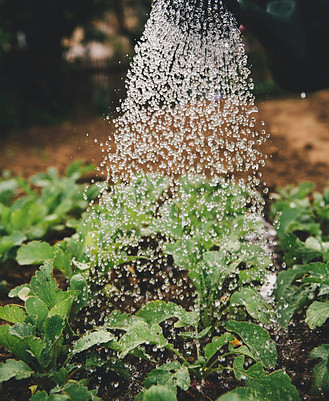
I have always loved gardening even before I started to think about survival and preparing for the future.
For my very first garden I planted bell peppers, tomatoes, and various herbs.
I bought organic soil, reliable pots, and my survival seed packets (Survival Garden seeds).
I planted them, watered them, and waited for a sprout to rise up. 
A few weeks later, I started to see various sprouts popping out of the soul.
I WAS SO EXCITED!
I continued to tend to the garden and eventually was able to harvest so juicy tomatoes, yummy bell peppers, and tasty herbs.
I am SO glad that I learned about survival seed packets, and was able to save the seeds from my produce and use the seeds to continue my garden.
Are Survival Seeds Necessary?
The short answer is HECK YES they are necessary!
“WHY?” you may ask.
You may have your stockpile of canned goods and beans, but those items are not enough. You need to be starting a garden and understand how to garden for the future.
PLUS, homegrown produce tastes WAY better than store-bought.
It is also super affordable to have a garden.
Different Survival Seed Packet Brands
Survival Garden This brand is a great starter seed packet and includes 15,000 Non-GMO Heirloom Vegetable Seeds. You can read my review of Survival Garden Seeds by clicking here.
Heritage Survival Seed Vault This brand is great because it has a shelf life of 25 years. I like this kit because it is a great addition to your survival gear. They include 105 varieties of seeds.
Black Duck Seeds This brand is probably the most affordable option. You get a set of 40 assorted vegetable and herb seeds. They are NON-GMO and grown in the USA.
Tips for Survival Seed Packets
First off, I want to say that not all survival seeds are the same! There are so many factors to consider when picking out the seeds that are right for you.
Here are a few things to consider when purchasing your survival seed packets.
- Are they Organic or Non-GMO? This is a personal preference, but you should at the minimum make sure they are organic.
- Understand the climate you live in. Be aware of what grows well in your area and when to plant certain seeds so they can thrive.
- Will you eat it? There is no sense in stocking up on seeds of something you don’t like. For example, if you are not a fan of cilantro, then you would not want to waste money on cilantro seeds.
- Do you want a movable or in-ground garden? I personally have a garden that I can move around. I love owning a tower garden for leafy vegetables and herbs and use Potato Grow Bags for items such as tomatoes, peppers, and potatoes. This is a personal choice and can vary depending on where you live and how much land you own.
How to Use Your Survival Seed Packets.
A lot of people purchase survival seed packets and put them in their survival preparation kit and never touch them again. Even though it’s great to have a stash of seeds in your survival preparations, you need to start growing your garden now.
Survival seed packets are not only a future food source in cases of dire need but also a good way to save a favorite heirloom plant. Heirloom emergency survival seeds need to be properly prepared and stored to be of any use down the line.
Seeds must be kept in a dry and cool location.
Preferably keep your seeds in moisture-proof containers.
Avoid exposing your seeds to light.
How to Grow Plants From Seeds
Even if you think you don’t have a green thumb, I promise you can do it!
Minimal equipment is needed and all you need to do is provide the basic requirements for germination; warmth, moisture, and oxygen.
- Gather your seeds.
- Find some trays or pots. (you can be eco friendly and repurpose your old yogurt or egg containers)
- Fill the seed trays with seed compost (potting mix).
- Moisten the surface of the compost. (use room temperature water)
- Sprinkle the seeds evenly over the compost. (You only need a few of each seed)
- Cover the seed tray to keep it dark and moist and place the seed tray in a warm place.
- Uncover the seedlings once they germinate. (you will see little sprouts appear.)
- Transplant the seedlings into smaller, individual pots to give them room.
- Keep transplanted seedlings in a shaded area and allow them to begin growing.
- Plant them out into the ground, pots, or buckets.
Let’s Grow a Survival Garden!
Now that you have learned about the importance of survival seed packets and how to store and use them, I challenge you to begin your own garden. 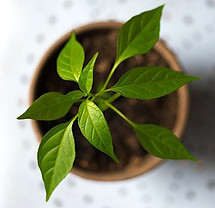
Do you currently have your own garden?
What are your thoughts on adding survival seed packets to your survival gear?
All the best,
Lily W.
Let's Stay Connected!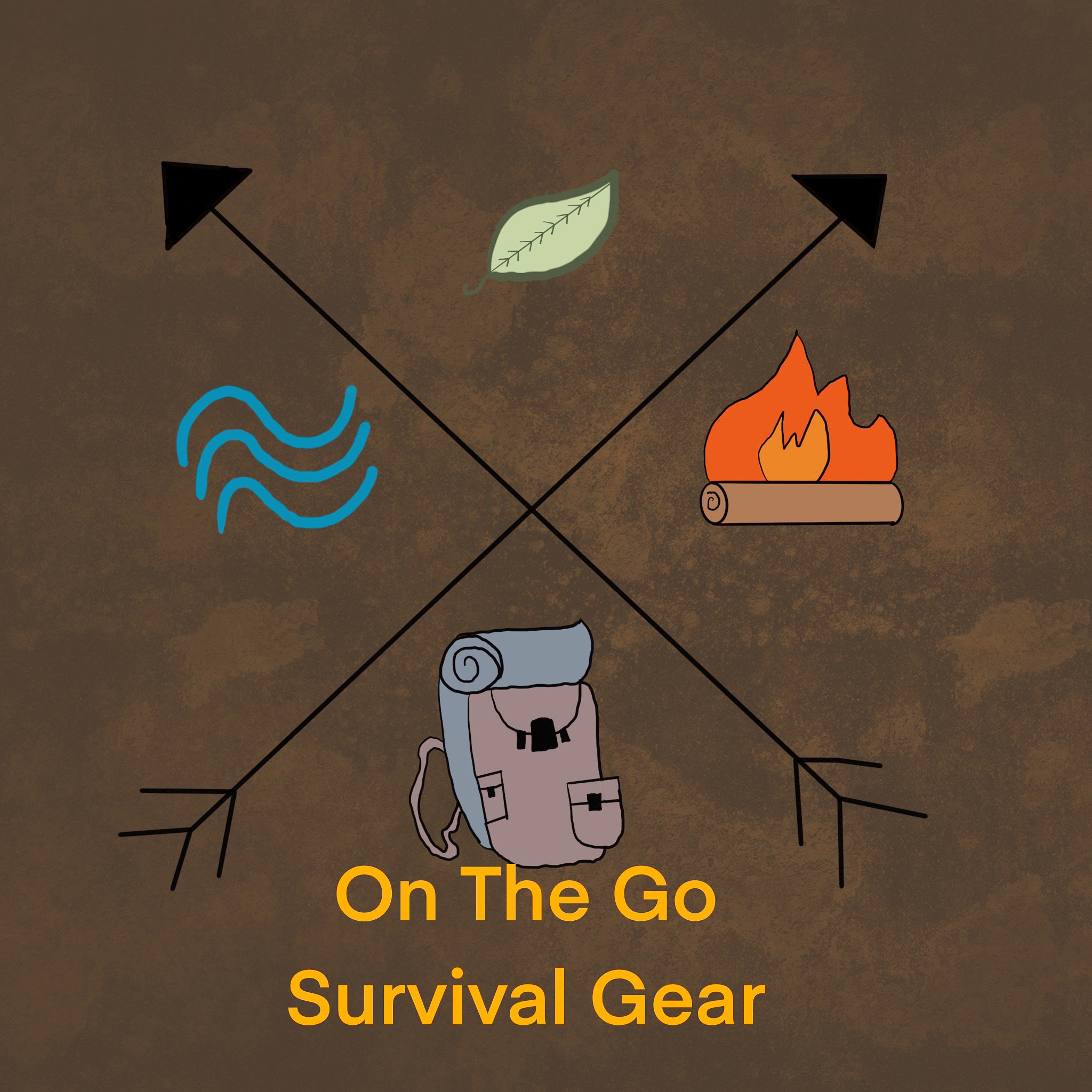
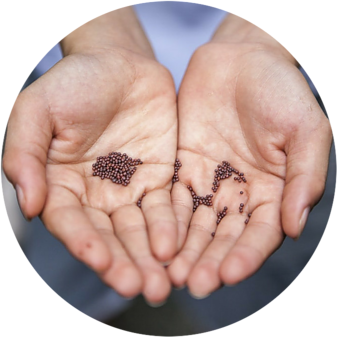
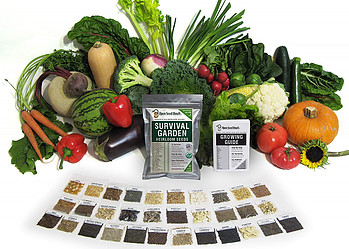
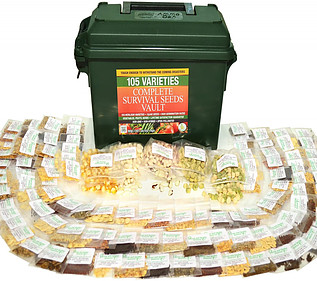
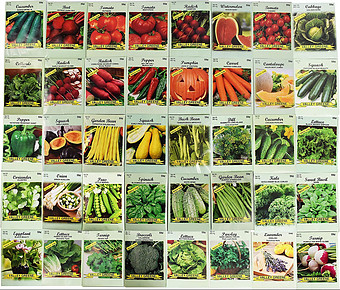
Thank you so much for this interesting and very helpful article, this is very easy to understand and it’s so straight forward. I’ll share this article to some of my friends because it’s gonna be very helpful and resourceful to them. Keeping a garden is a good skill and need you to know how to survive it.
I’m happy that you found my article helpful. I agree that keeping a garden is a good skill to have. It is resourceful now and will always come in handy. I appreciate that you are sharing this with your friends. I hope they find it helpful.
Oh, this is a very good one on gardening. Like you I have always had a big likening for gardening just like my mum and she was the one that made me like the whole thing at the first instance. It is really nice that you can tell is about these survival deed packets. Great stuff!
I am so glad you enjoyed this post. I love that both you and your mom enjoy gardening. I’m sure it is fun to garden together.
Hey, wow this is really cool, I had no idea about survival seed packs, and I love gardening.
I can definitely relate with you when you say that homegrown tastes better, I would 100% agree.
Growing your own food/herbs etc is rewarding and I would recommend anyone to give it a go, just like everything…it takes practice.
Great article and full of great information.
I love how gardening is a common ground between preppers and nonpreppers. I think it is an important skill for anyone to have. I also think it is becoming easier for people to learn with the various porch and tower gardens that have been invented.
Great article on survival seeds packets. This is sustainability! Just wondering what plants give the biggest harvest and most amount of food. I want to concentrate on making sure I have the most productive if I need it. I heard Jerusalem artichoke was easy to grow and very productive too. Thoughts?
Some of the best plants I have found to give the biggest harvest include potatoes, sweet potatoes, and kale. I think it also depends on the amount of space you have for a garden. I like growing produce that does well in buckets to save space and to be able to take with me if I have to be on the go.
I’ve also heard Jerusalem artichoke is easy to grow, but personally have not tried growing it yet. I do think it is a good vegetable to consider since it is high in both nutrients and calories.